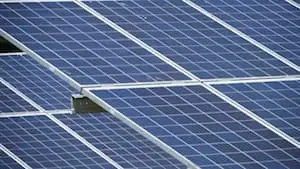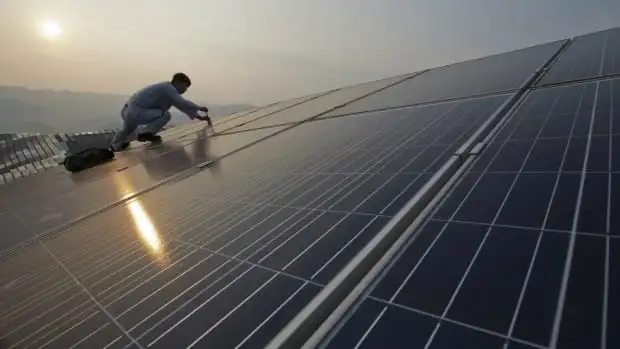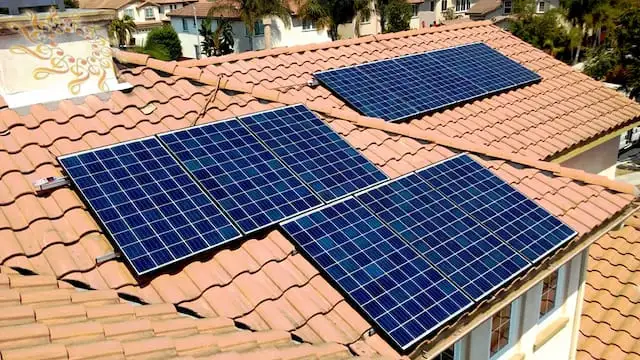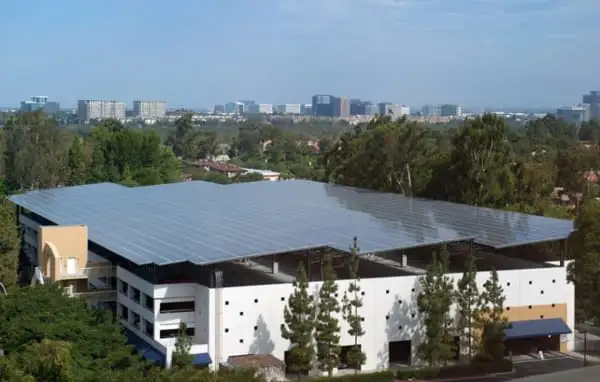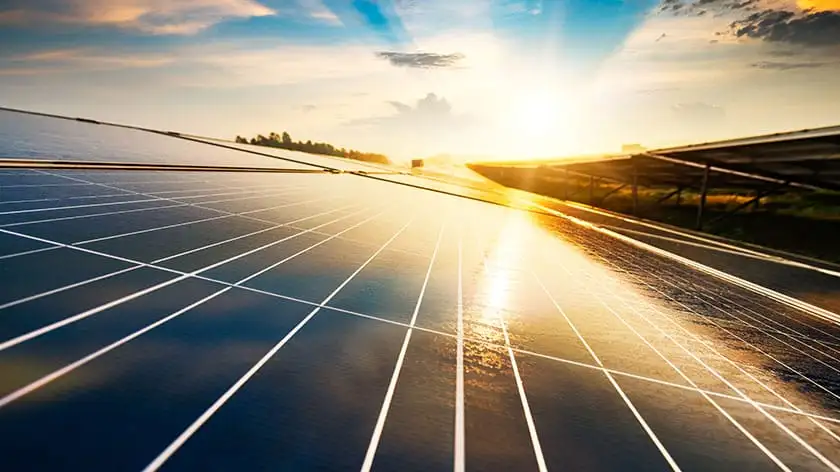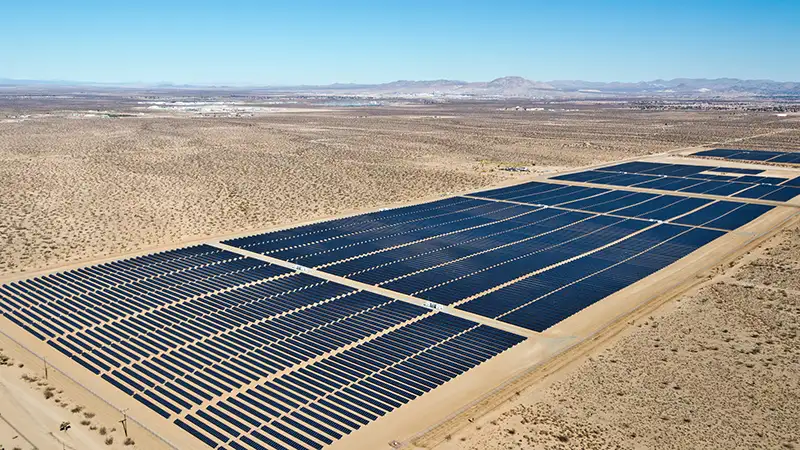RNRG’s SRA Systems Improve Power Prediction Accuracy by 14% at Japanese PV Project
Protective Relay Training - Basic
Our customized live online or in‑person group training can be delivered to your staff at your location.

- Live Online
- 12 hours Instructor-led
- Group Training Available
GHI Solar Resource Assessment integrates on-site irradiance sensors and long-term satellite data for utility-scale PV forecasting, improving power output estimates, reducing financial risk, and aligning with finance-grade, meteorological best practices.
Key Points
Combines on-site GHI measurements with long-term satellite data to forecast utility-scale PV power more accurately.
✅ On-site SRA sensors calibrated with satellite time series
✅ Reduces GHI bias up to 14% versus distant weather stations
✅ Finance-grade data logging for bankable energy yield models
As the utility solar industry continues to grow, with renewable power developers seeking diversified strategies to improve projects, the need for solar resource assessment to facilitate more accurate power output forcasting is becoming increasingly important. The most critical parameter used to estimate power output is Global Horizontal Irradiance (GHI). Because of its direct impact on energy production estimates, miscalculations of GHI can cause critical financial risk for project owners and investors. When Pacifico Energy first set out to determine power output at the Kumenan PV project, they used publically available, long-term GHI data from New Energy and Industrial Technology Organization (NEDO). Such resources are common in Japan, where large-scale renewable initiatives like biomass power projects are also growing, but are not ideal for every project.
In Pacifico Energy’s case, the weather stations used by NEDO to collect GHI data were located too far from the Kumenan PV project to provide accurate output projections. Instead, they selected an approach that aligns with the solar industry’s GHI measurement best practices, integrating the high-quality irradiance data collected onsite with RNRG’s ground-based SRA Systems with long-term satellite data, an emphasis that supports bankability as programs like ADFD and IRENA advance renewable financing globally. According to Nate Franklin, who manages Pacifico Energy’s activities in Japan, ”Deploying finance-grade solar assement campaigns like this one is fairly new in Japan, but Pacifico Energy wants to lead the way towards a high-standard approach to PV project development in the country.”
Pacifico Energy opted for RNRG’s solution because of its exemplary quality, reasonable cost, and its ease of installation and maintenance, a priority as O&M providers such as Omnidian expand global service networks across the industry. The SRA Systems were installed at the Kumenan PV site in 2013 and collected real-time irradiance data for one year. The monitoring station was equipped with best-in-class meteorological sensors that integrated seamlessly with RNRG’s much-lauded SymphoniePLUS3 data logger, providing measured data directly to Pacifico Energy’s control room. The long-term satellite data were later corrected with the records collected by the SRA Systems, providing the most accurate irradiance input to energy production simulation model, an approach that reduces forecasting risk as markets like New England grapple with grid upgrade cost responsibilities. “The SRA System configuration that is used here is recommended for utility-scale resource assessment campaigns and solar monitoring applications when measurement accuracy is the top priority,” said Dave Hurwitt, VP Marketing & Product Management at RNRG. “Pairing RNRG’s solution with satellite data ensures that deviations between predicted irradiance and actual site conditions are minimized, which is extremely beneficial for PV project developers.”
Once the solar assessement campaign reached completion, Pacifico Energy concluded that RNRG’s SRA Systems helped improve the long-term GHI estimation by up to 14% when compared with the irradiance data collected by NEDO weather stations alone. The Kumenan PV plant has been in operation since early 2016 and power output has closely mirrored RNRG’s predictions. The impressive resource assessment accuracy at the Kumenan PV project led Pacifico Energy to install RNRG’s SRA Systems at six other projects in Japan. “This way, we can ensure that all of our projections reflect reality,” added Franklin.





